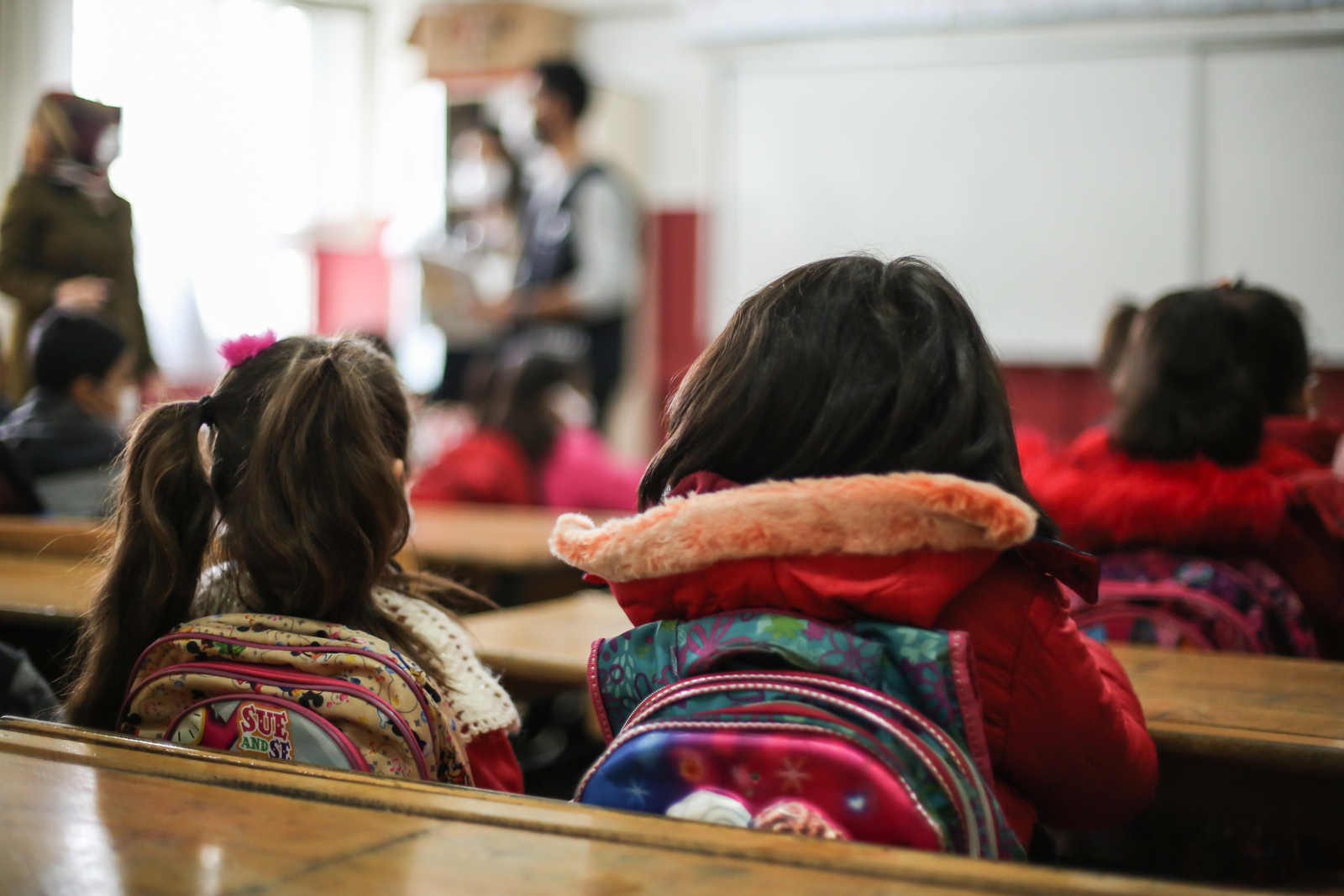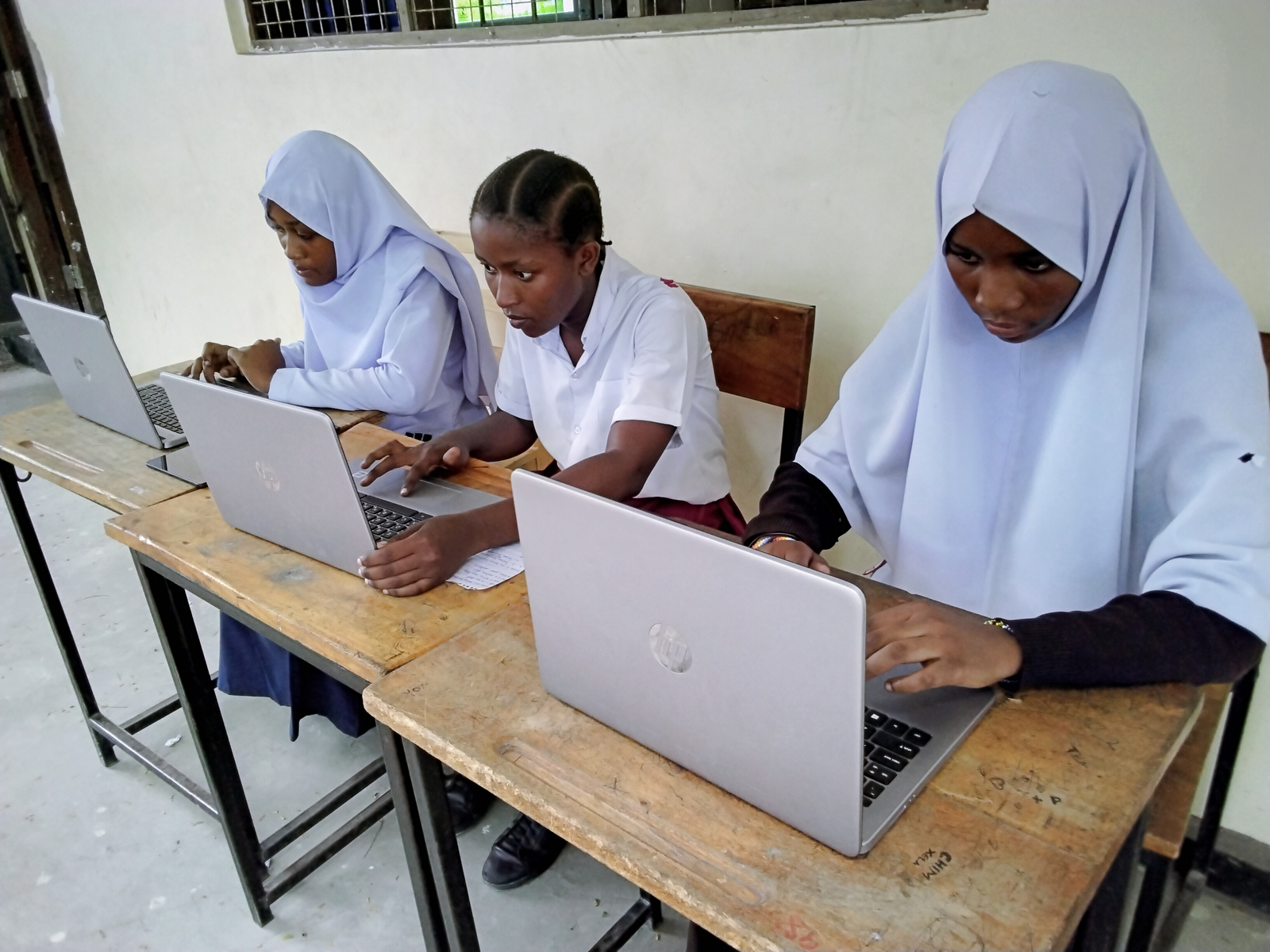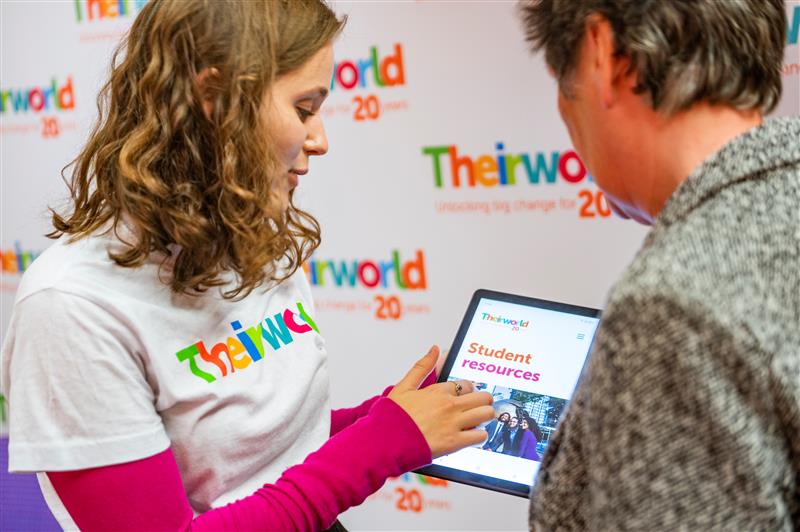
India faces up to education challenges as it celebrates 70 years of independence
Child labour, Child marriage, Early childhood development, Education funding, Girls' education, Right to education, Teachers and learning
The quality of schooling and girls' literacy are high on the agenda of subjects that the public wants Prime Minister Narendra Modi to address.
Celebrations are being held across India today to mark 70 years since the country became independent from the United Kingdom. On this day in 1947, British India was divided and millions of people migrated – Hindus and Sikhs into India and Muslims into the new country of Pakistan.
Every year on August 14, the Indian Prime Minister uses his Independence Day address to discuss the nation’s major issues.
When Narendra Modi asked the public what topics he should tackle this year, education and girls’ literacy were among the top themes, according to official sources.
Among the people who sent their suggestions to a government website, one wrote: “There is a need to provide equal level of education and opportunities to the students.”
Another said: “As an engineer I am not satisfied with the system of education because for an engineer the main requirement is the practical knowledge and experience to … develop new things. This system will not support the development of technology in India.”
These thoughts reflect a feeling in the country that the education system needs to do a lot more to improve – despite India’s best universities and colleges growing in reputation.
The Annual Status of Education report published last year showed that 95% of rural children aged from six to 11 were enrolled in school – but a large proportion were not learning enough.
It assessed students’ basic abilities at reading, writing and arithmetic and found that less than half the children in Class 3 were able to read a Class I level text.
One reason why so many children are falling behind is a lack of early childhood development.
“A huge proportion of India’s children, exceeding 50 million in a recent estimate, experience fundamental limitations of learning abilities which have their roots well before they even enter primary school,” wrote Vikram Patel, Pershing Square Professor of Global Health at Harvard Medical School, in a recent article.
He said several factors, including lack of good nutrition and sufficient stimulation, has led to children failing to grow physically and mentally.
Patel added: “A vast proportion of India’s children who are failing to learn in school were already condemned to this fate before they entered school.”
While primary school enrolment is high, many girls drop out of secondary school because of early marriage. Almost a third of the world’s child brides are in India.
The government must be more innovative in getting the message out about child marriage, using social media and school text books, and starting from a young age, the charity ActionAid said in a report last month.
Net enrolment for girls drops from almost 90% at primary school to 52% at secondary and 33% at higher secondary.
One way to tackle that is being adopted in India’s Punjab state. It announced last month a raft of measures that will help girls from all backgrounds to get a quality education.

Girls will be educated for free in the state system all the way from nursery school to doctorate level at university.
World Vision India has been working for 60 years to help children and their families out of poverty and into education.
Children and youth walking long distances to school often leads to them dropping out. So providing bicycles in one way World Vision is helping.
Christina, a 15-year-old sponsored by the organisation, said: “It used to take me one hour each way to get to school. And after reaching school I was very exhausted from the walking and was unable to concentrate much due to the fatigue.
“Now my bicycle gets me to school quickly and all my energy is invested in studying. This has changed my life and has directed be to the right path, a path leading to progress.”
Indian girls made the headlines in May when they went on hunger strike to protest at lack of protection while walking to school.
The students from Rewari district in Haryana state faced sexual harassment on a daily basis and demanded that their local primary school be upgraded to a high school so they did not have to travel.
The state government said recently that more than 120 schools would be upgraded – but students and head teachers say there aren’t enough new teachers to look after the extra classes.
According to News Deeply, the police employ one Lal Tau (“uncle wearing a red turban”) for the entire state of Haryana. His job is to use a long stick to keep away young men who line up outside schools, “making suggestive comments and offering to give girls rides on their bikes”.
Unrest over education standards for India’s marginalised communities has been evident recently.
In Mumbai, more than 500,000 people marched last week to demand quotas in government jobs and college education in a slumping rural economy – especially for the underprivileged Maratha community in western India.
Dalits – the lowest caste in India’s class structure – are routinely denied access to education. Those who are in government schools are often made to eat separately and more than half of Dalit children are undernourished.
But the country’s new president, Ram Nath Kovind, comes from the Dalit community. As a child, he had to walk barefoot eight miles a day to high school. As a member of parliament, his main mission was education in rural areas of Uttar Pradesh.
This month he signed the Right of Children to Free and Compulsory Education (Amendment) bill, 2017.
Under the act, 1.1 million teachers have until next year to acquire the minimum qualifications needed for their jobs.
More news

Skills for the future give young people the best chance of success
